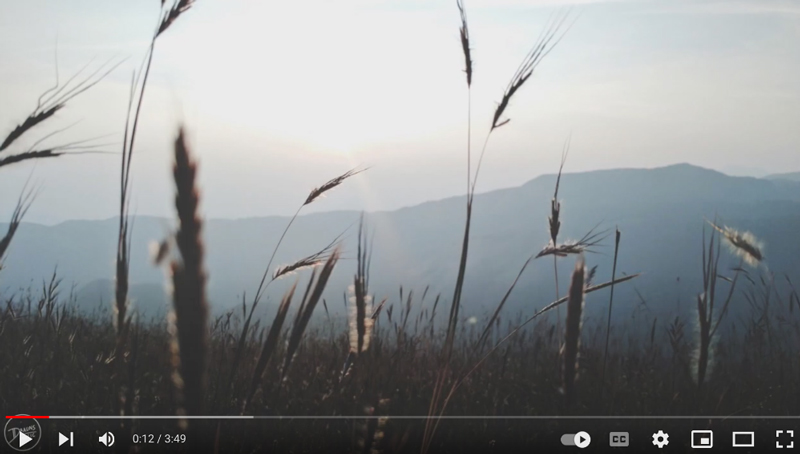Listen to the song “Symbol” by Adrianne Lenker.
The following activities and questions are designed to help your students use their noticing skills to move through the poem and develop their thinking skills so they understand its meaning with confidence, using what they’ve noticed as evidence for their interpretations. Read more about the framework upon which these activities are based.
-
Warm-up: Listen to the song “Symbol” by Adrianne Lenker. What words or phrases stand out? Why? What mood does it evoke? Why?
-
Before Reading the Poem: (Teachers, a week or so before this lesson, share with students the definition of a symbol. Ask students to note or bring in three to five symbols that they encounter over a course of a week.) Share your symbols with the class, creating a gallery walk. Which symbols stand out to you? Why? Which are surprising? Are there any repeated images? How do symbols impact our lives?
-
Reading the Poem: Silently read the poem “The Symbolic Life” by Hayan Charara. What do you notice about the poem? Note any words or phrases that stand out to you, or any questions you might have.
-
Listening to the Poem: Enlist two volunteers and listen as the poem is read aloud twice, and write down any additional words and phrases that stand out to you. Or, you may opt to listen to a recording of the poem.
-
Small Group Discussion: Share what you noticed about the poem with a small group of students. How do the resources from the beginning of class connect to your reading and understanding of the poem? What do you think of the title “The Symbolic Life”? How might this poem be different without this title or with another title? Can a bug be symbolic? Why or why not?
-
Whole Class Discussion: What imagery in the poem stands out to you? Why? What does this poem say about survival? Loss?
-
Extension for Grades 7-8: Read this definition of a symbol: “A symbol is an object or action that stands for something beyond itself.” As a class, make a virtual or in-person gallery of symbols. What do these symbols teach us about our world? Why is symbolism important?
-
Extension for Grades 9-12: What does it mean to survive? Write a poem that answers this question. If you can, try to incorporate one of the symbols into your poem. Share your poem with the class. How did it feel to write this? Why?
Teach This Poem was developed for in-person classrooms, but it can be easily adapted for remote learning and hybrid learning models. Please see our list of suggestions for how to adapt this lesson for remote or blended learning.
“A symbol is a setting, object, character, or event in a story that carries more than the literal meaning and therefore represents something significant to understanding the meaning of a work of literature. In other words, symbols always have a literal (concrete) meaning and a figurative (abstract) meaning. Conventional symbols have a previously agreed upon meaning.” Find a handout on examples of conventional symbols in literature from Deer Valley Unified School District.

